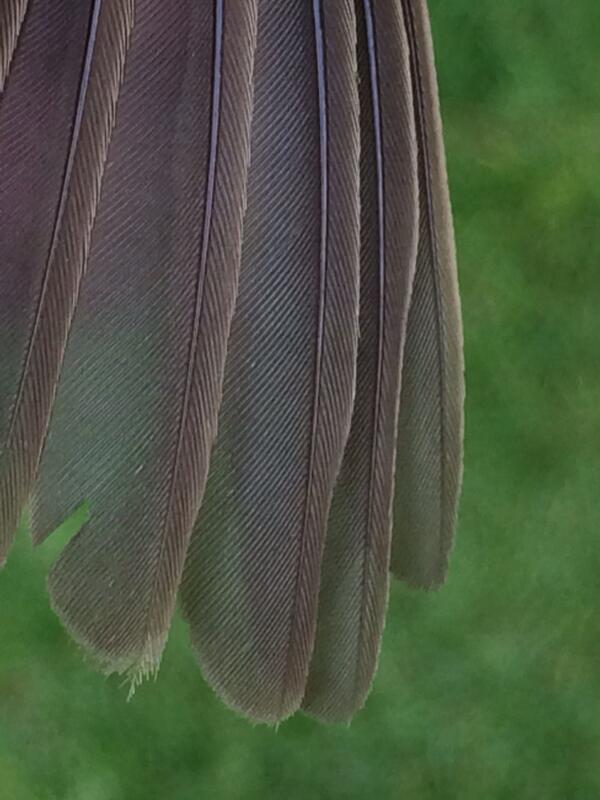Sorry for the lack of updates over the past few days, Ben has been off the island doing his exams so he has not been updating the blog. That said however, there has been very little worth saying, with the exception of a Garden Warbler two days ago.
HOWEVER, upon Ben's return this morning, he struck big in his garden, when he heard a bird singing from deep cover. He radioed out the news of either a Marsh or Blyth's Reed Warbler!
I ran as fast as my little legs could carry me (good job no one saw this though!!)
Tantalisingly brief views in the wet grass suggested the bird was a Blyth's Reed but the bird had stopped singing. Ben obtained a couple of poor photos which showed the bird had a well marked face and were even suggestive of Paddyfield Warbler (which we had on this very date last year!) as it appeared to have a dark eyebrow in the shots.
However, the song of the bird was not right for Paddyfield and was very good for Blyth's Reed (Ben fortunately got a short video clip of the bird's singing, which we all agreed sounded good for Blyth's). This, coupled with the short looking and well bunched primaries and lack of white tips, was enough to eliminate Marsh Warbler. The lack of russet tones were enough for us the be happy it was not a Reed. After about two hours, in which it had not sang again, but gave fleeting (less that 1 second!!) views, usually just before or after it had flown, we were slightly frustrated... But the bird finally gave itself up, albeit at a range of 50m. It sat in the open for about ten seconds and I rattled off a few photographs of it (see below). I could see the bird clearly and see that the face was not a Paddyfield's, but the big supercillium in front of the eye, and large billed and small bodied appearance fitted Blyth's Reed perfectly, this along with the cold olive colouration of the upperparts was spot on - well done Ben!!
After this we set a net near the area it was skulking in and the bird was trapped. In-hand measurements were enough to absolutely confirm the bird was Bardsey's second Blyth's Reed Warbler.
Very distant views were enough to be able to say that the bird was definitely not a Paddyfield Warbler and showed many good features of Blyth's Reed.
The strong supra-loral splodge is a good feature of Blyth's Reed. The cold colour, short primaries and a wing length of 62mm all pointed to this being the 5th for Wales.
It was a rather scruffy individual and did not want to sit the have its picture taken!!

The Emarginations (indents in the tips on the outer web of the flight feathers) were present on primaries 3, 4 and Very slightly on 5. Reed Warbler normally shows Emarginations just on P3.
In this image the very short primary projection can be seen also the colour of the rump and mantle feathers lacking any warm tones associated with Reed Warbler.




No comments:
Post a Comment